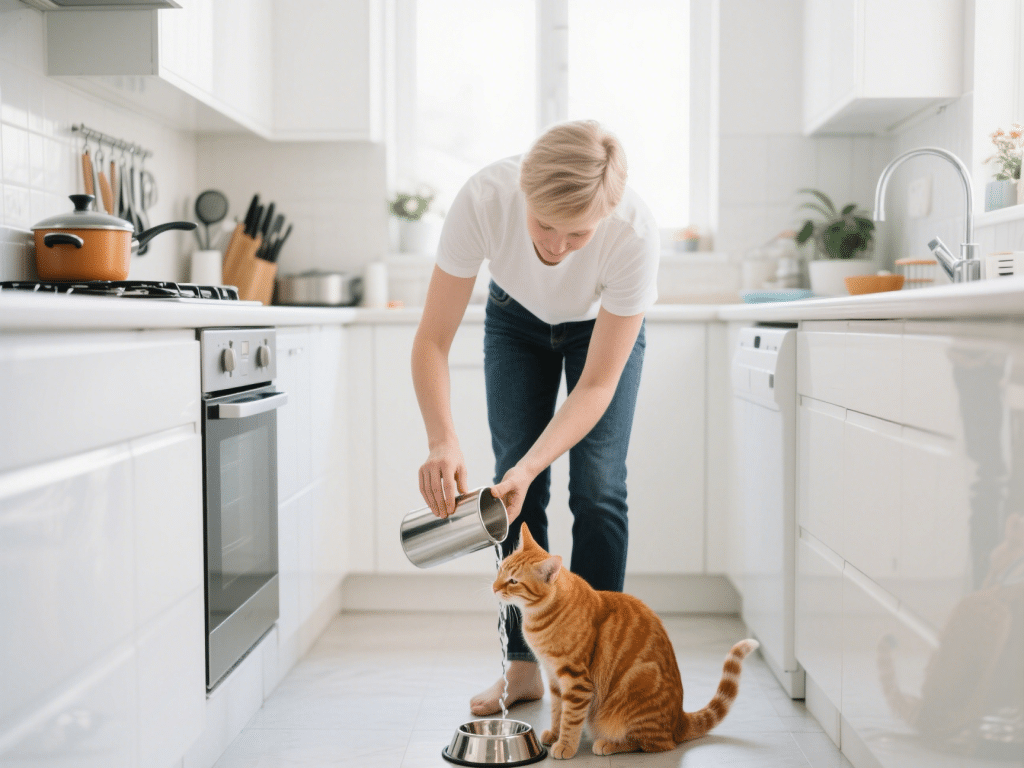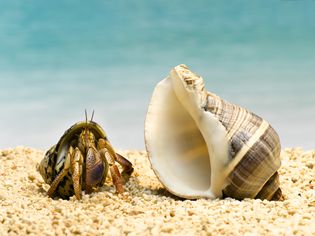Introduction
Adequate hydration is critical for your pet’s health—supporting kidney function, digestion, joint lubrication, and body temperature regulation. Recognizing early dehydration signs and encouraging regular drinking habits help prevent urinary issues, heatstroke, and more.
Signs of Dehydration
Reduced Skin Elasticity
Test: Gently pinch the loose skin over your pet’s shoulder or scruff and release. Normal skin snaps back quickly; if it returns slowly, your pet may be dehydrated.
Dry Gums & Mouth
Observation: Lift your pet’s lip; healthy gums are moist and slippery. Dry, tacky gums indicate dehydration.
Sunken Eyes
Appear hollow or lack shine. This is often a later sign of significant fluid loss.
Lethargy & Weakness
Lack of energy, reluctance to move, or collapse in severe cases.
Loss of Appetite
Pets may refuse food when dehydrated, exacerbating the problem.
Concentrated Urine or Reduced Urination
Dark yellow urine or fewer bathroom breaks signal insufficient fluid intake.
Daily Hydration Requirements
Dogs: Typically need 0.5 to 1 ounce of water per pound of body weight daily (e.g., a 20-pound dog requires 10–20 ounces).
Cats: Generally require 2–4 ounces per 5 pounds of body weight (e.g., a 10-pound cat needs ~4–8 ounces).
Factors Affecting Intake: Age, diet (dry kibble vs. wet food), activity level, health conditions, and ambient temperature.
Encouraging Your Pet to Drink More
Fresh, Clean Water
Change water at least twice daily. Stagnant water can harbor bacteria and deter drinking.
Use stainless steel or ceramic bowls—plastic can retain odors and encourage bacterial growth.
Place multiple bowls in different rooms to reduce travel distance, especially for older or arthritic pets.
Add Flavor
Mix a small amount of low-sodium chicken or beef broth into water. Ensure broth contains no onions, garlic, or excess salt.
Offer ice cubes made from diluted broth or tuna juice for cats—many love licking ice cubes.
Wet Food Incorporation
Include canned or pouch wet food in your pet’s diet; it contains 75–80% water, significantly boosting hydration.
Even for dry-food dogs, add a tablespoon of water or broth to each meal. Gradually increase if tolerated.
Pet Water Fountains
Flowing water entices many pets, especially cats. Fountains oxygenate water and keep it cooler.
Clean and replace filters as recommended to prevent algae or bacterial buildup.
Hydration Supplements
Electrolyte solutions designed for pets (e.g., Dr. Harvey’s Electrolyte) can be added to water during hot weather or after exercise.
Use under veterinary guidance, especially if your pet is ill or recovering from surgery.
Monitoring & Veterinary Care
Daily Checks: Observe water bowl levels, monitor urination frequency, and check gum moisture.
Weight Monitoring: Sudden weight loss may correlate with fluid loss. Weigh your pet weekly if hydration is a concern.
Prompt Veterinary Attention: If your pet shows persistent lethargy, refuses water for over 12 hours, or exhibits vomiting/diarrhea, consult a veterinarian immediately.
Conclusion
Maintaining proper hydration prevents serious health issues and ensures your pet’s comfort. By providing fresh water, incorporating wet food, and using creative strategies to encourage drinking, you’ll help your furry friend stay well-hydrated and thrive.










Comments on " Is Your Pet Drinking Enough Water? Hydration Tips and Signs" :